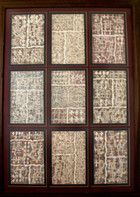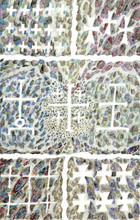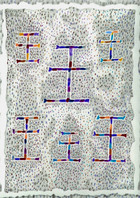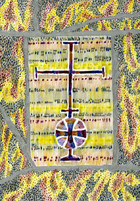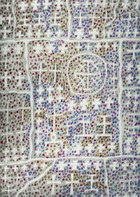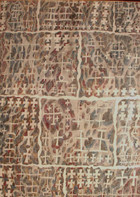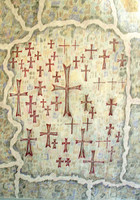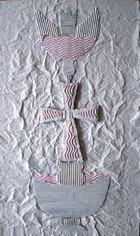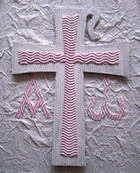Talking Stones
Witnesses to faith may take many forms. When the Pharisees told Jesus during his Triumphal Entry into Jerusalem to tell his cheering followers to quiet down, he replied: “If these should hold their peace, the stones would immediately cry out. (Luke 19 :40, KJV)”
I had a sense of what it means for stones to speak on a visit to Jerusalem’s Church of the Holy Sepulcher. All down the walls of the stairwell from the main sanctuary to the Armenian Chapel one level below were hundreds of tiny crosses, carved row upon row into the rough, discolored stonework by medieval pilgrims. Some were mere scratches. Others were lop-sided and uneven in proportion. A few, showed a touch of artistic talent. No two were alike. But not a single name could be seen scrawled next to them. Pilgrims in times past saw no need to proclaim they had been there in the big, bold letters of modern graffiti. A simple sign of the cross was enough. Reflecting on these anonymous wall markings, I drew studies of crosses in all conconceivable shapes and sizes against abstract color backgrounds.
Down the centuries, grave stone carvings have also carried the Christian message of eternal life—often to the bounds of kitsch and beyond. Not one to haunt cemeteries in search of grieving angels, slumbering cherubs, and mass-produced Virgins with outstretched arms, I did feel powerfully drawn to the rough hewn symbols of faith, decorating Early Christian sarcophagai in the churches of Ravenna and museums of Milan. The descending doves, loaves and fishes, and alpha and omega imagery inspired several "white collages," where I used crumpled brown wrapping paper covered with layers of granular paint to suggest a background surface of unpolished stone.
